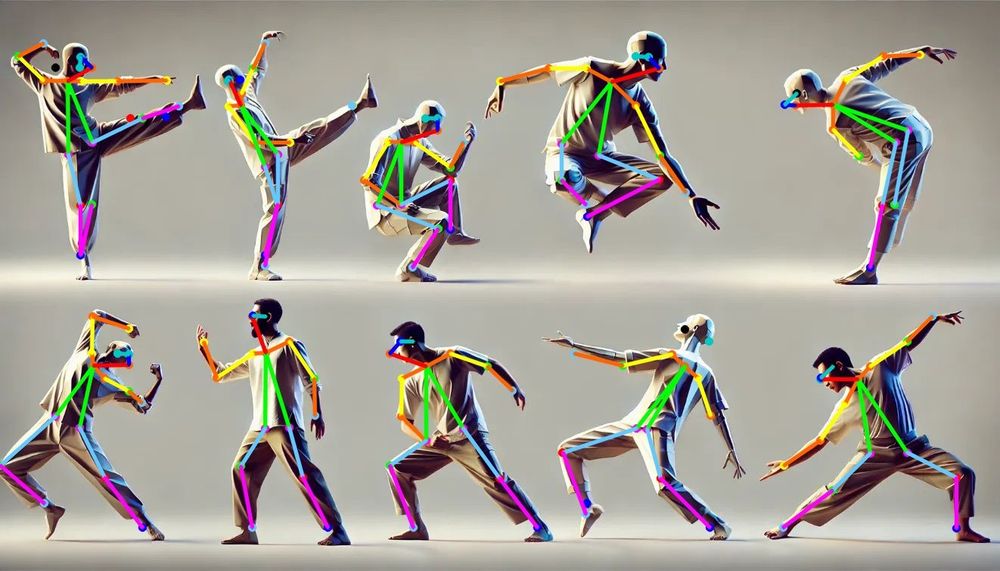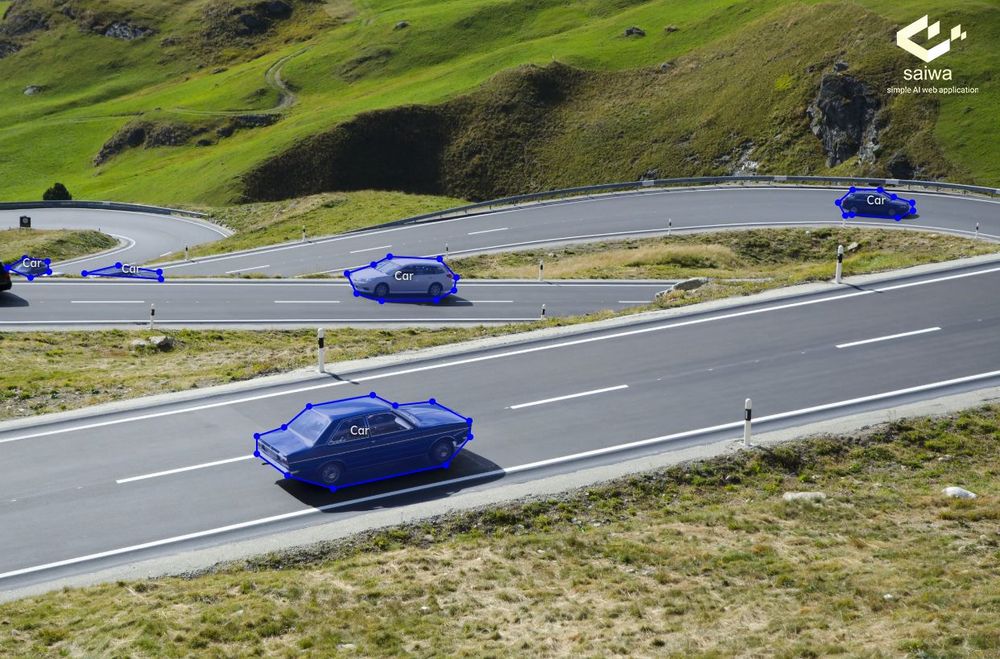Crop Monitoring in Agriculture
Pose Estimation
Pose estimation is a computer vision task where the goal is to determine the position and orientation of a person or animal. Typically, this is done by predicting the location of certain key points such as hands, head, elbows, etc. in the case of human pose estimation. Human pose estimation is used in a wide range of applications, including human-computer interaction, action recognition, motion capture, motion analysis, augmented reality, sports and fitness, and robotics. You can try both bottom-up and top-down pose estimation methods at Fraime: OpenPose and MediaPipe are the bottom-up and top-down deep networks, respectively.

Image Annotation
Image annotation refers to the process of annotating images from a dataset with labels to train a machine learning model. Annotation is a way to transfer human high-level knowledge of the image content to the model. Different models require different labeling: Boundary Annotation, Bounding-Box Annotation, and Classification Annotation

Image Analysis
Image analysis is the extraction of meaningful information from images. Detecting the geometric content of images is a useful tool for shape analysis and object detection and recognition. In Fraime, we propose two services. First, Line Segment Detector (LSD) to detect line segment primitives. Second, Arc Line Detector (ALD) to jointly detect line segment, elliptical arc and circular arc primitives.

Advancing UAV-based EWC surveillance
To enhance Ducks Unlimited Canada (DUC)‘s capability for UAV-based surveillance of European Water Chestnut (EWC) through machine learning, we at Saiwa have previously implemented the initial version of the EWC detector software. In the second stage, we are in the process of finalizing the product’s features and upgrading its interfaces.
The two primary features to be incorporated in this stage are as follows:
1- Incremental learning for gradually training the deep network over time. This feature enables us to rectify false positive and false negative detections over time.
2- Reporting the 3D universal coordinates of EWC locations using drone configuration and temporal GPS data.

How to use REST API
Follow these simple steps to integrate our powerful API into your application
1. Get Access Token
Make a POST request to the login endpoint with your credentials included in the request body as JSON.
Include the acquired access token in the Authorization header for all subsequent API requests.
Example Header:
Authorization: Bearer eyJhbGciOiJSUzI1NiIsImtpZC...1{
2 "password": "MyPassword",
3 "username": "my-email@example.com"
4}Comments we received from experts and potential users:

I like the concept of a blind process. It works well for line segments and arcs. For deblurring, it will be difficult to make it work without orienting the user better. The super-resolution tool works quite well, it is really impressive. The interaction works well, I think it is a great idea to put into it as many results by neural networks that work well, so people can try them and see the results on their own images.
Jean-Michel Morel
Centre Borelli, ENS Paris-Saclay

I have been looking at user friendly AI services to use as a potential decentralized p2p photo service in protocols my team is developing with a web3 company called Functionland. We have experimented with Saiwa's face recognition tool. It can detect how many people are in a photograph rapidly and accurately, and I look forward to pairing that with photo grouping capabilities, and trying some of the other photographic enhancing tools such as de-blurring, denoising and contrast enhancement.
Kate Withers Hess
Innovation and Business Development Strategist

Working with saiwa has opened new opportunities in how we approach conservation and ecological restoration projects. Saiwa has helped automate aspects of our invasive species monitoring and surveillance efforts through the integration of AI and machine learning. We are excited to be implementing these new technologies and techniques with saiwa, and collaborating with our industry partners to strengthen our ability to detect and respond to new invasive species threats on the landscape.
Kyle Borrowman
Biologist at Ducks Unlimited Canada
Service Analytics
Comprehensive overview of AI service usage and performance metrics
Active AI services
API calls processed
Registered users
